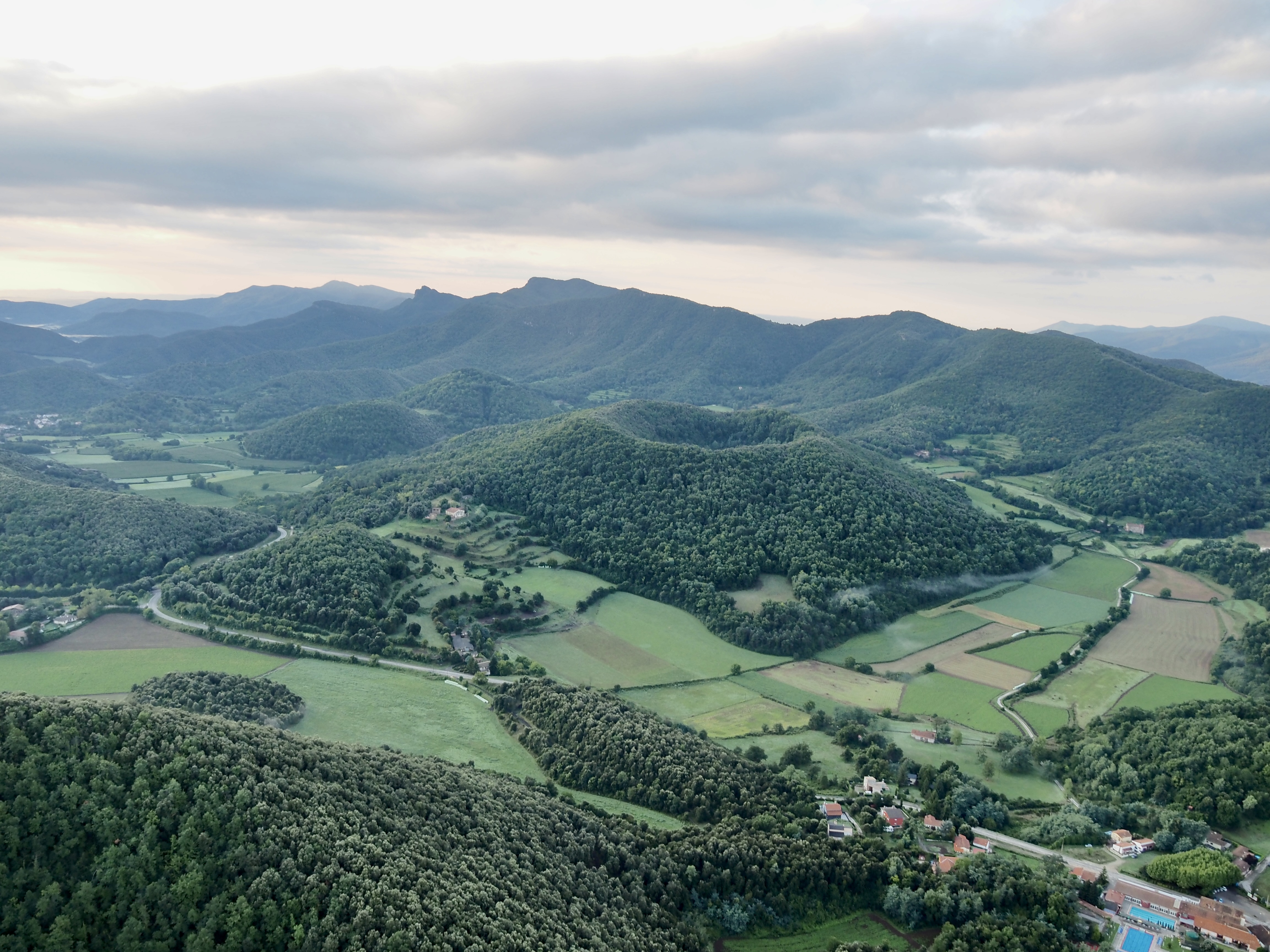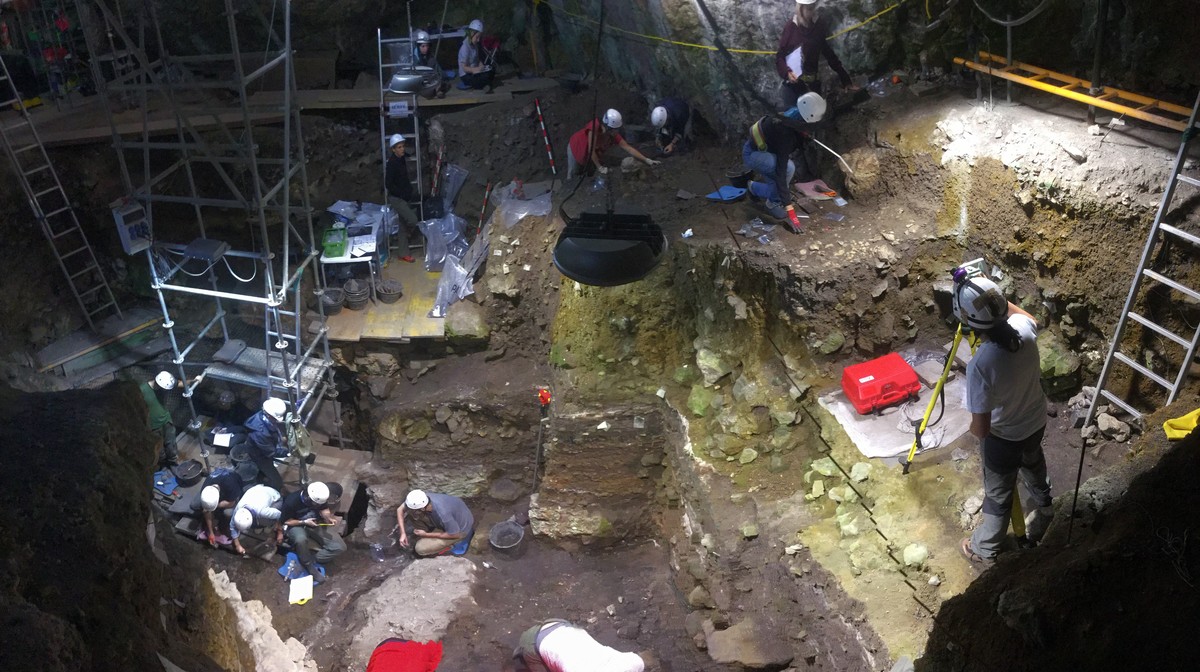Vulcanism in La Garrotxa, the youngest on the Iberian Peninsula
2023/05/23 Galarraga Aiestaran, Ana - Elhuyar Zientzia Iturria: Elhuyar aldizkaria

Recent studies conducted in this volcanic area have shown that La Garrotxa vulcanism was the youngest in the Iberian Peninsula. International researchers, including Eneko Iriarte Avilés of the University of Burgos, have published their results in two articles, The Holocene and Scientific Reports respectively.
Iriarte has highlighted that his articles have presented interesting new data on the paleoclimatic evolution of La Garrotxa: “In essence, we have seen volcanic activity spread until 8,300 years ago, and so far it was thought to have ended around 13,000 years. This means that it is the youngest vulcanism in the entire Iberian Peninsula.”
Among the details related to these activities are some volcanic castings that closed the valley of Fluvià near Olot. “In the current plain of Pla de les Preses a large lake emerged. In its sedimentary record, several geological and biological indicators have been analyzed, including the ash layers and volcanic lapillis, which have allowed to clarify the paleoclimatic evolution of the last 14,000 years,” says Iriarte.
They study, inter alia, the impact of volcanic activity on plant and lake ecosystems and also expose some violent climate changes. According to them, this information can provide clues about the consequences of current global warming.
In addition, the influence of this vulcanism on the human mesolithic populations of the area has been investigated. According to the researchers, the resilience of the hunter-gatherer population of the area has been revealed, which was able to adapt to the situation and to properly manage the risk.

Gai honi buruzko eduki gehiago
Elhuyarrek garatutako teknologia






